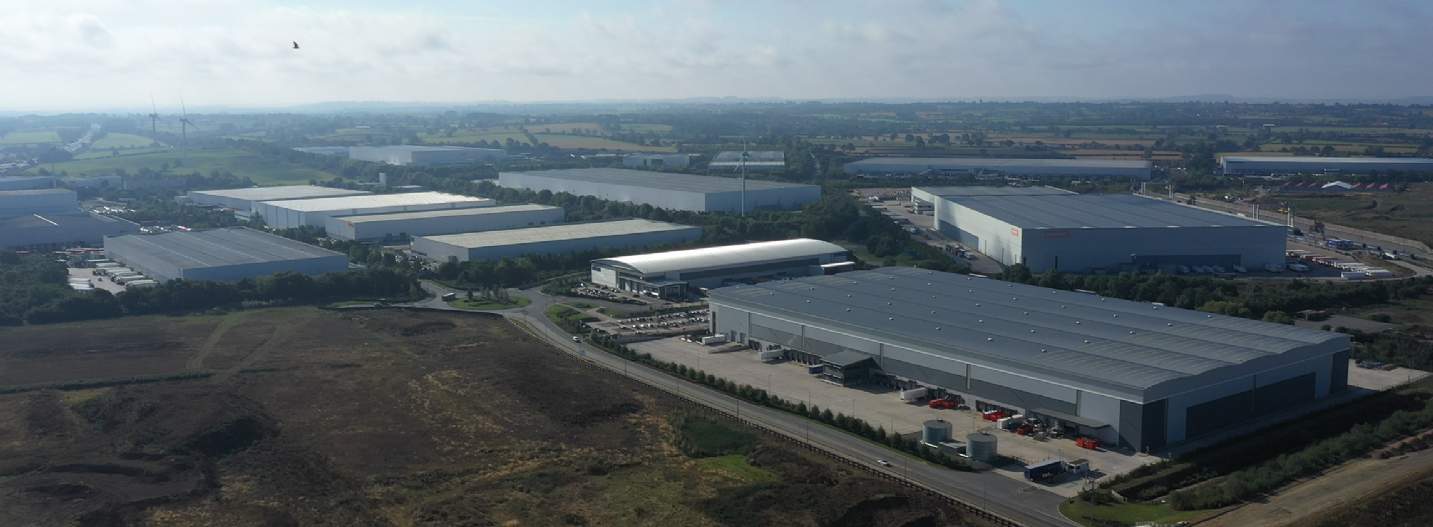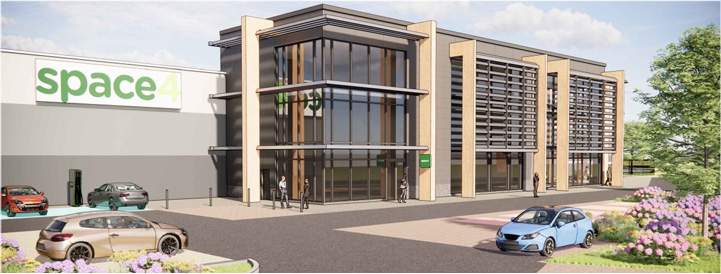National overview
Vacancy at 6.25%, sheltered by a diminishing speculative pipeline

Vacancy at 6.25%, sheltered by a diminishing speculative pipeline
As we reach the halfway point of 2023, it has become increasingly clear that economic data in the UK remains volatile and unpredictable, as demonstrated by two recent announcements. Firstly, revised forecasts from the IMF suggest that it is likely that the UK will avoid recession in 2023 and instead post growth of 0.4%, a significant upgrade from earlier forecasts which suggested a fall of 0.5%. They did, however, note that inflation remained “stubbornly high”, this was demonstrated by the June announcement from the ONS stating that CPI fell less than expected to 8.7%, meaning the UK now has the joint highest inflation in the G7.
In the midst of all the volatility, unemployment remains historically low and consumer confidence, regarding their own personal situation, remains surprisingly high
Richard Sullivan, National Head of Industrial & Logistics
With the Bank of England seemingly prioritising taming inflation over growth, it is likely that there will be further outward movements in the base rate bringing further uncertainty to the market.
Higher costs of capital will impact the market in many ways; developers will find it harder to fund speculative developments, which will constrain the development pipeline. The pricing aspirations of investors remain mismatched, and occupiers will consider their options on financing when it comes to capital expenditure. However, in the midst of all the volatility, unemployment remains historically low and consumer confidence, regarding their own personal situation, remains surprisingly high, meaning that occupiers still need to consider the suitability of their supply chains for a market that will continue to grow, notwithstanding the challenges in the short term.

Persimmon's bespoke timber frame factory in Loughborough, comprising 493,493 sq ft
Take-up
At a national level, take-up for the half year has reached 12.49m sq ft across 56 separate transactions, which is the lowest H1 take-up since 2013, albeit just 1% shy of the pre-Covid H1 average. At a deal count perspective, the level of individual transactions is in line with long-term averages, but with just six deals this year over 400,000 sq ft, this has had a dampening effect on the average deal size, which has fallen from 272,000 sq ft over the last three years to 222,000 sq ft in 2023.
Analysing take-up by unit quality also reveals some interesting trends. As we suspected at the start of the year, the level of build-to-suit take-up has fallen back to 5.2m sq ft, accounting for 41% of demand this year. Demand for speculatively constructed units remains strong, accounting for 22% of the market and broadly in line with 2022, but perhaps most interesting is that we have seen, on a proportional basis, a rise in demand for 2nd hand units accounting for 37% of the market, up from just 21% in 2022. Whilst this remains lower than long-term averages, as the second-hand market typically accounts for 46% of transactions, it does suggest that occupiers are taking advantage of more flexible terms available through the space being marketed for sub-lease.
The diversity of the occupier mix continues to point to a well-balanced market less dominated by one particular segment, as we have witnessed with online retailers over the last five years. Indeed, online retailers accounted for just 6% of space taken so far in 2023, and manufacturing-related demand has continued its resurgence, accounting for 28% of all take-up, up from just 13% in 2021.
Supply and Pipeline
With an increased level of occupier-controlled supply on the market and 9m sq ft of speculative completions in Q2 2023 alone, we have seen supply rise to 41.9m sq ft, reflecting a vacancy rate of 6.25%, which is just shy of the pre-Covid average of 6.3%. There is now 21.8m sq ft of Grade A space on the market, which, at 52% of total supply, is the highest level since 2020. We expect this to start trending downwards as current supply is acquired and the development pipeline is not replenished as quickly. Indeed we have logged just 22 speculative announcements this year, compared to 39 over the same period in 2022.
Read the articles within Big Shed Briefing below.
10 article(s) in this publication